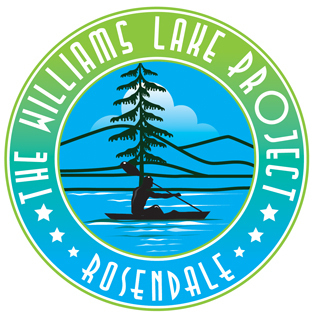DEC issues Findings Statement on Williams Lake Project
August 15, 2013 (PRLEAP.COM) Business News
August 15, 2013 - On July 11, 2013, the New York Department of Environmental Conservation (DEC) issued its long awaited Findings Statement, officially concluding the State Environmental Quality Review (SEQR) process. Findings statements are issued by the lead agency, in this case the DEC, as well as other involved agencies and are a summary of the Draft and Final Environmental Impact Statements. The Findings Statement comes on the heels of the DEC acceptance of the Williams Lake Project's Final Environmental Impact Statement on May 15, 2013. The Williams Lake Project initiated the SEQR review in November of 2007. SEQR Findings detail what the lead agency considers to be the relevant environmental impacts presented in an Environmental Impact Statement, balance them with social, economic and other considerations, and provide a rationale for the agency's decision and certifies that the SEQR requirements have been met.
The SEQR Findings for the Williams Lake Project conclude that all potential environmental impacts have been avoided, minimized or mitigated and that alternative development plans have been appropriately analyzed:
"Consistent with social, economic and other essential considerations from among the reasonable alternatives available, the action approved (Final EIS development plan) is one which avoids or minimizes adverse environmental impacts to the maximum extent practicable, and that adverse environmental impacts will be avoided or minimized to the maximum extent practicable by incorporating as conditions to the decision those mitigative measures (as set out above) that were identified as practicable." (July 9, 2013 DEC Findings Statement).
The issuance of the Findings statement by the DEC allows the Williams Lake Project, and the Town of Rosendale, to proceed with the next steps in the development process.
"We are truly excited to conclude what has been a long and good-faith effort to critically examine our project's potential environmental impacts. With important input from the DEC, other regulatory agencies and the public, we believe the Project is much improved. Significant changes include the reduction and relocation of homes and amenities away from sensitive environmental areas, the inclusion of on-site workforce housing and stronger commitments to public access. We look forward to a productive and collaborative working relationship with both the Rosendale Town Board and Planning Board as we move towards construction of this exciting project", said Tim Allred, Project Manager for the Williams Lake Project.
The next steps in the development approval process include Town of Rosendale Board approval of a proposed zoning amendment and Town Board consent to create a Sewer Works Corporation.
"It's a great day for Rosendale. We're glad to see this Project finally able to move forward. We believe the Williams Lake Project will provide great benefits for the Town and the region", stated Jeanne Walsh, Supervisor of the Town of Rosendale.
The proposed zoning will create a Conservation Development Area, known as the Binnewater Lakes Conservation Planned Development Area (BLCPDA). The BLCPDA, similar to a Planned Unit Development (PUD) district, considers the project as a whole in a two-step approval process. In the first step, the Town Board will review a Master Development Plan, which will conform to Development Standards consistent with the Town's Comprehensive Plan. The second step is Site Plan and Subdivision approval by the Planning Board.
The Town of Rosendale will schedule public hearings for the Zoning and the Sewer Works Corporation in August. Once the new zoning is in place, the Williams Lake Project will submit a Master Development Plan to the Town Board for approval; a public hearing will then be scheduled. Once the site plan approval process is complete, which is likely to be done in phases, building permits can be issued and construction can begin. Demolition is expected to begin in the fall of 2013; construction is anticipated to begin in 2014.
